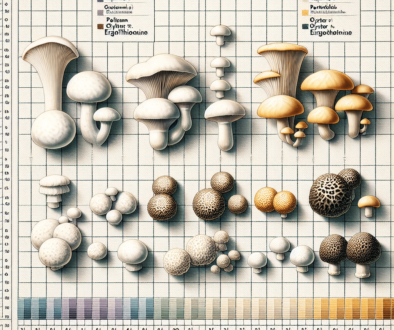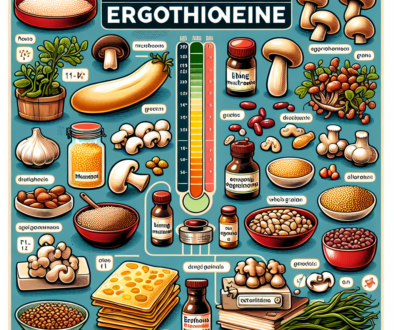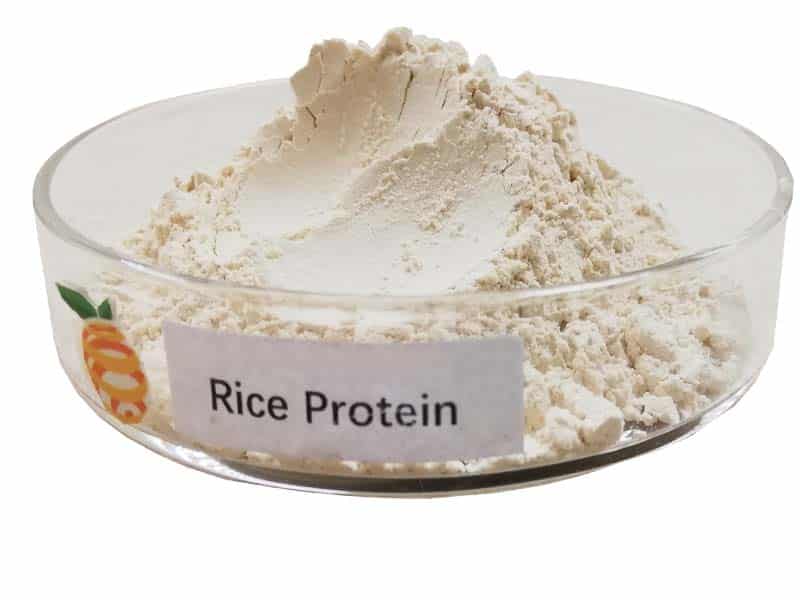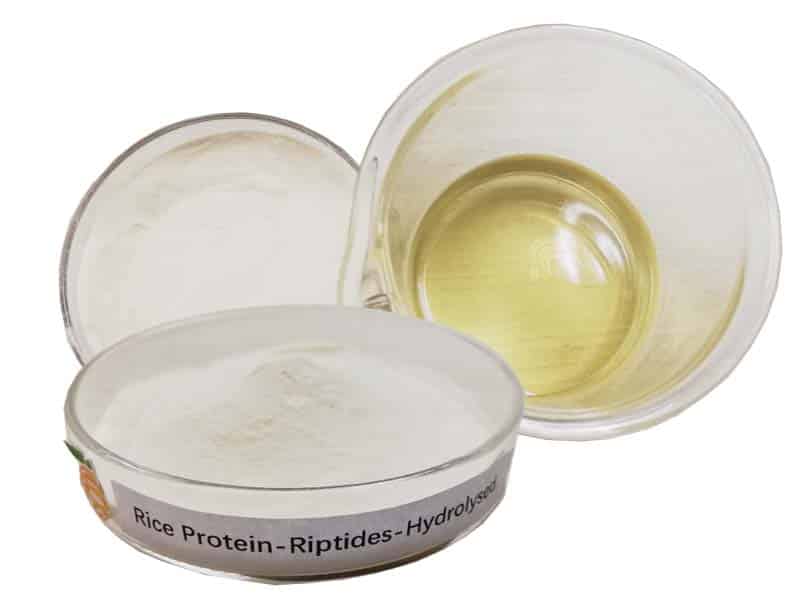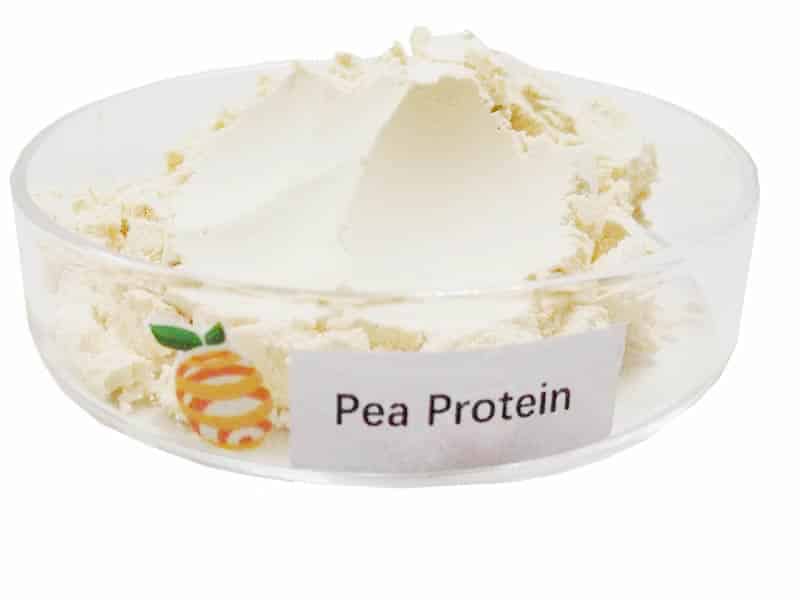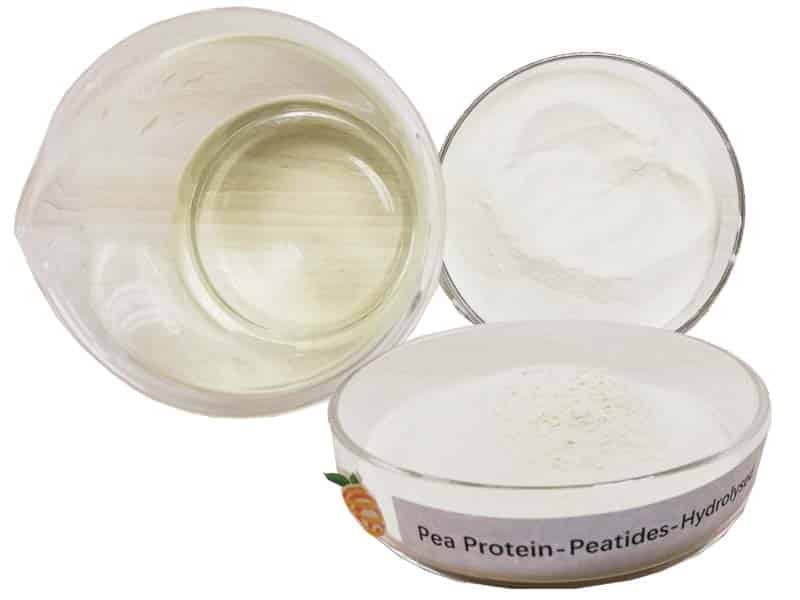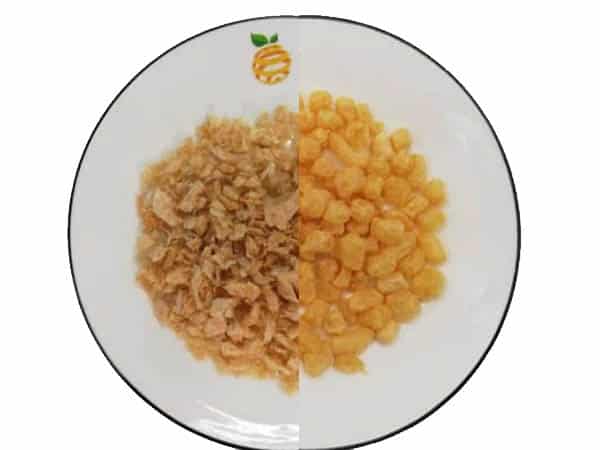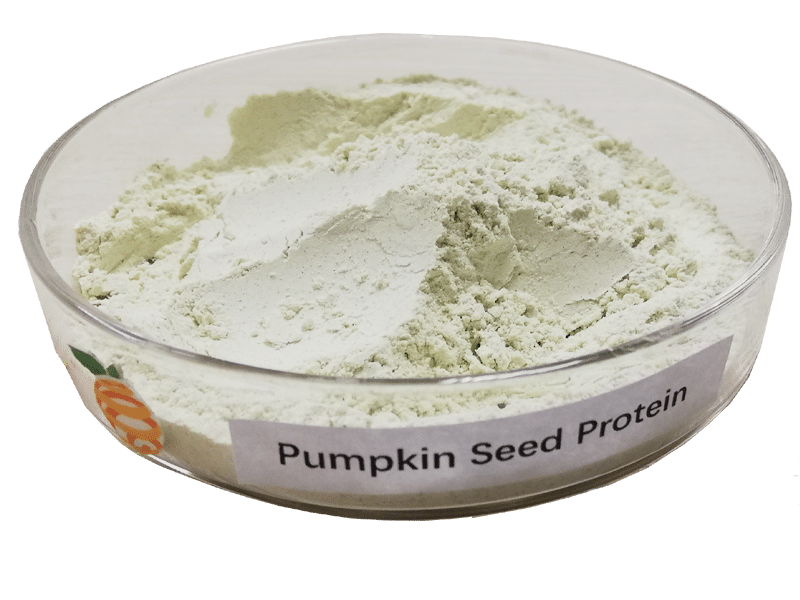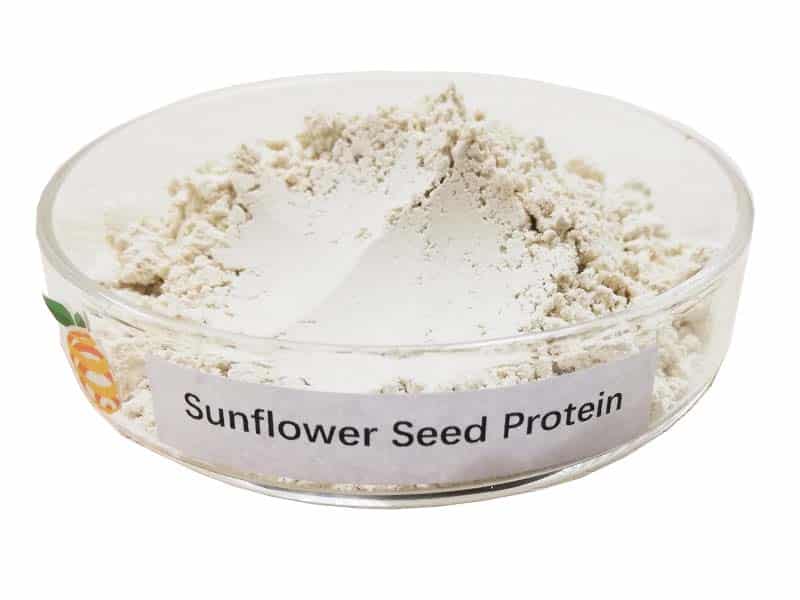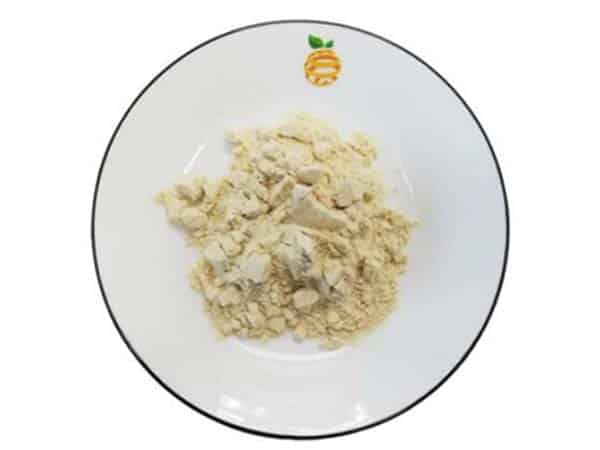Application of Rice Protein and its Peptide Products in Solid Beverages
Explore the significant benefits and applications of rice protein and rice protein peptide in today’s health-focused food industry.
With the substantial improvement in material living standards in recent years and the arrival of an aging population, sub-health conditions and chronic diseases have become major factors affecting health. Relevant policies and regulations have begun guiding residents to form better living habits and consume healthier foods. Plant-based foods have become a new hotspot, with many research institutions and enterprises investing significant resources into this area, and some plant-based foods have already achieved good market benefits. Protein, as the primary nutrient for humans, is one of the most focused components of plant-based foods. This article mainly introduces rice protein and its peptide products derived from rice. Rice protein is a low-allergen, well-composed amino acid plant protein that has developed rapidly in recent years. This article introduces its product characteristics and related applications.
Current Status of the Protein Solid Beverage Industry
Food security starts with self-sufficiency, and comprehensive utilization of grain processing is essential. For instance, the deep processing of broken rice, which constitutes 10% of grain production, was primarily used for making alcohol, feed, and syrup. Now, the possibility of fully utilizing and deeply processing broken rice is explored. Rice has two main components: starch and protein. Starch accounts for 90% and protein for 10%. Separating and utilizing these components is significant. Protein solid beverages are categorized into three types: plant protein beverages, animal protein beverages, and composite protein beverages, each with a clear definition. Plant protein beverages are made from plant nuts and pulp, processed, mixed, and then sterilized or aseptically packaged into emulsion-like drinks. The production of solid beverages, especially protein beverages, has significantly contributed to market enrichment. The current state of solid beverage products is generally characterized by relatively low protein content, insufficient nutritional components, and inconsistent quality.
Main Ingredients and Forms
The main ingredients in protein solid beverages vary, including plant proteins like soy, coconut pulp, almonds, walnuts, peanuts, and animal proteins like meat, fish, eggs, and milk. These ingredients are also used in composite protein beverages. Among the seven major nutrients, protein is the foremost. Food industry proteins are categorized into plant proteins, animal proteins, and new proteins. Notably, rice protein is a niche but exceptional plant protein. Two key indicators measure protein’s nutritional value: digestibility and biological value. Rice husk constitutes 20% of rice, followed by rice bran rich in vitamins, minerals, and other beneficial components. The dilemma between eating brown rice for its nutrition and white rice for its taste and texture reflects the complex trade-offs in food choices. Rice protein and rice starch have unique applications, with rice starch known for its small particle size and smooth texture, increasingly used as a fat substitute.
Application Characteristics of Rice Protein and Peptides
High-purity food-grade rice protein and rice protein peptides are obtained through specific technologies. They boast high nutritional labels: low allergen source, vegan, high in BCAAs, non-GMO, hormone-free, solvent residue-free, and low in purines. These characteristics make rice products suitable for infants and young children. The biological value of rice protein is comparable to shrimp and beef, among the highest in plant proteins. Rice protein peptides meet the basic requirements for active peptides, demonstrating anti-fatigue, liver-protecting, blood sugar-reducing, and immune-boosting effects in animal studies. A daily intake of 3 to 5 grams for a 60kg person can show significant effects. Rice protein is now used in plant-based meat patties, comprising 30%-40% of the product, with soy or pea protein making up the rest. This combination achieves the optimal product texture, taste, and amino acid nutritional composition.
Health Industry Development Trends
The future of the large health era is based on three directions: low carbon emissions, targeted nutritional balance, and the integration of health and pleasure in products. From a sustainable resource perspective, rice husks can be used for fuel, rice for meals, and rice bran for oil. However, more comprehensive utilization, especially of broken rice, is valuable. China, being the largest producer of rice, could greatly benefit from using its own resources like broken rice in health products, suitable for domestic consumption and export. With over 200 million tons of paddy rice annually and a 65% milling rate, there are significant protein resources to be utilized, indicating a promising future for the industry.

